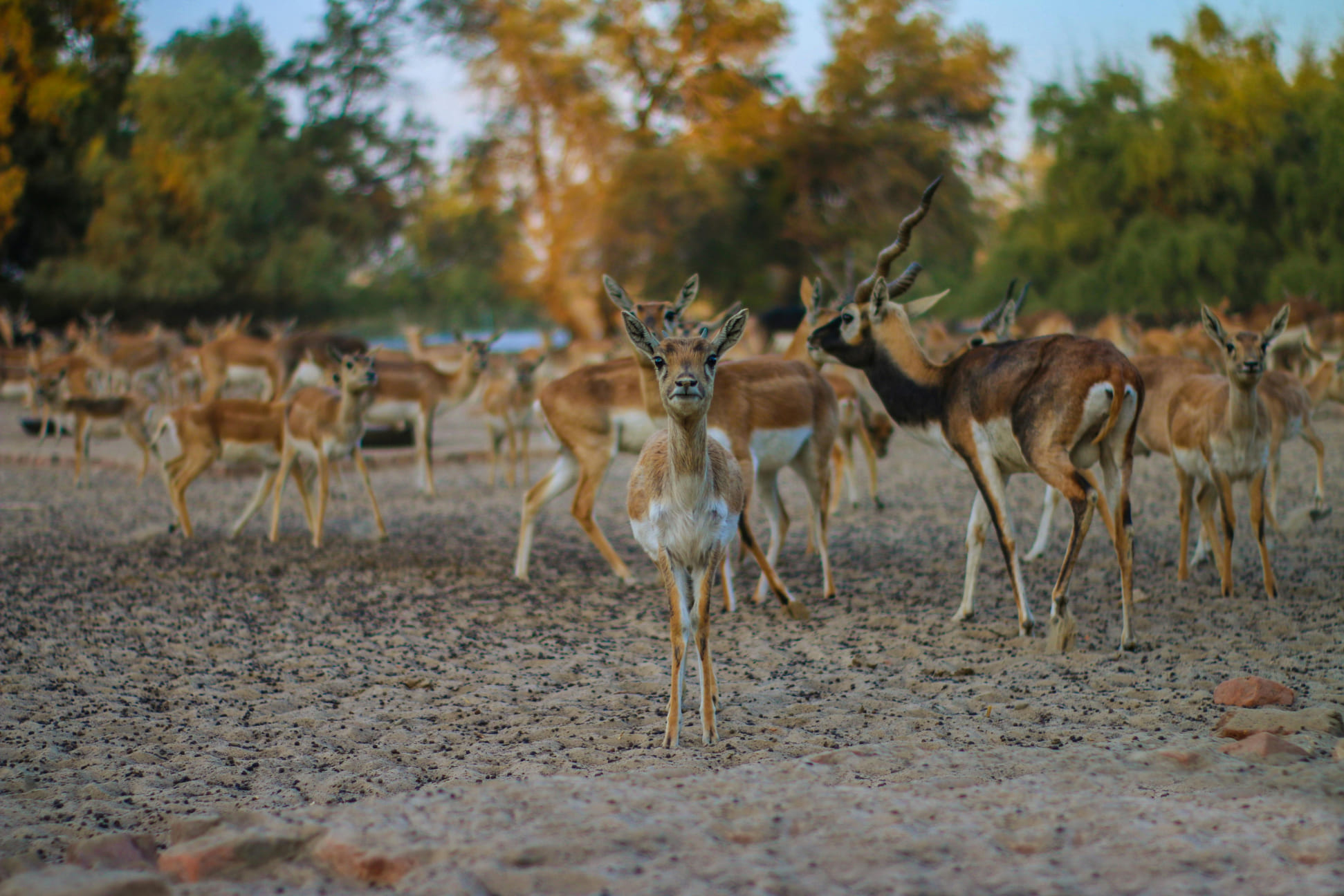The Elegant Antelope: Diversity in the African Wilderness
Antelopes are a diverse group of animals found throughout Africa, with over 90 species ranging from the small dik-dik to the large eland. Known for their speed and agility, antelopes are herbivores that inhabit a variety of environments, from savannas and woodlands to deserts. Their slender builds and strong legs make them excellent runners, capable of escaping from predators with sudden bursts of speed.
Diverse Habitats and Diets
Different antelope species have adapted to various habitats, allowing them to thrive across Africa. For example, gazelles prefer open plains, where they can spot predators from afar, while kudu are more at home in woodlands, where their camouflaged coats help them blend in. Antelopes are primarily herbivores, grazing on grasses, leaves, and shrubs, which supports plant growth and maintains ecosystem balance.
Role in the Ecosystem
Antelopes are an essential food source for many predators, including lions, leopards, and cheetahs. They also play a significant role in plant growth through their grazing habits, which prevent overgrowth and promote biodiversity. Conservation efforts focus on protecting antelope habitats and managing hunting practices to ensure sustainable populations. As prey animals and contributors to ecosystem health, antelopes are a vital part of Africa’s natural heritage.
